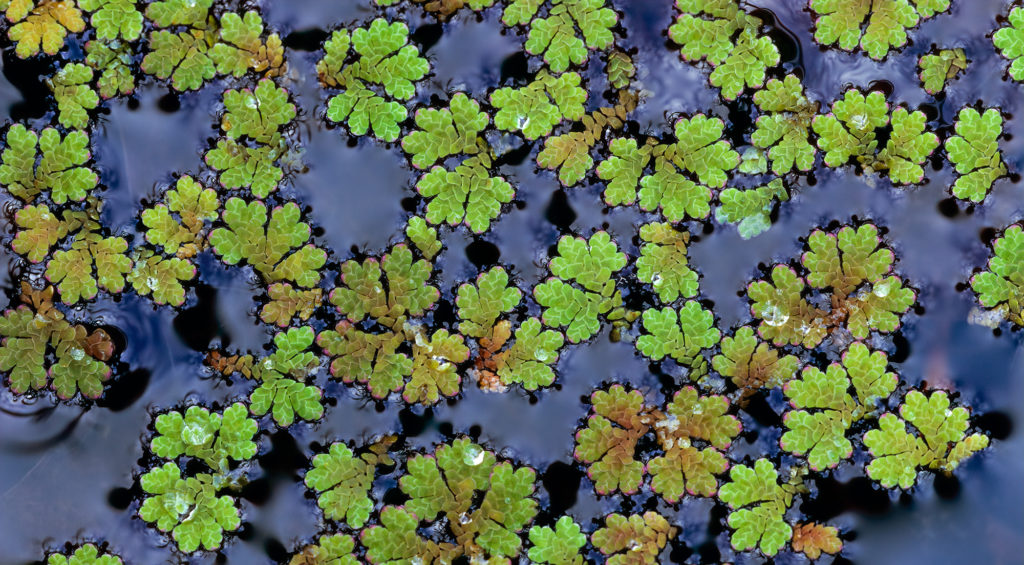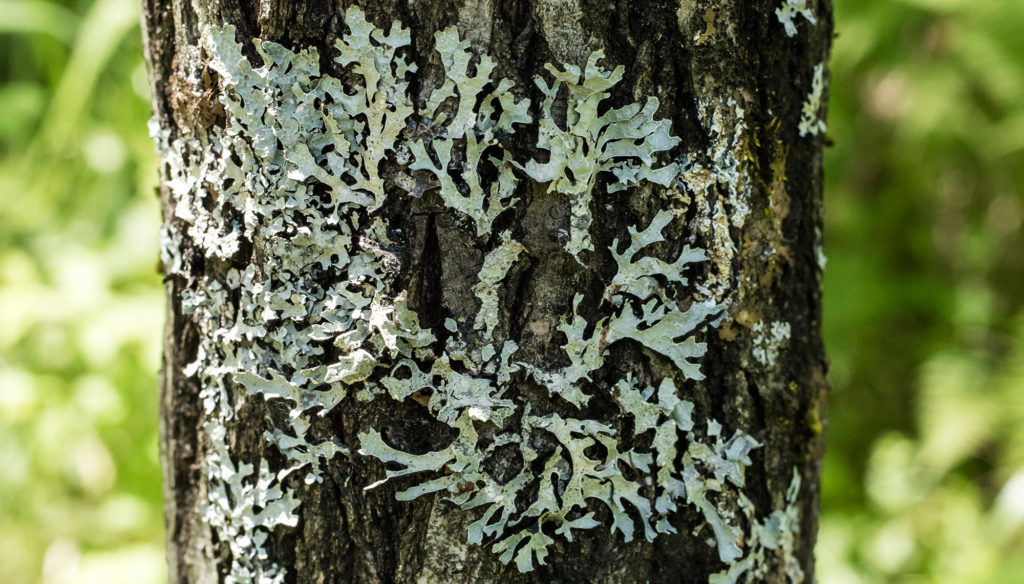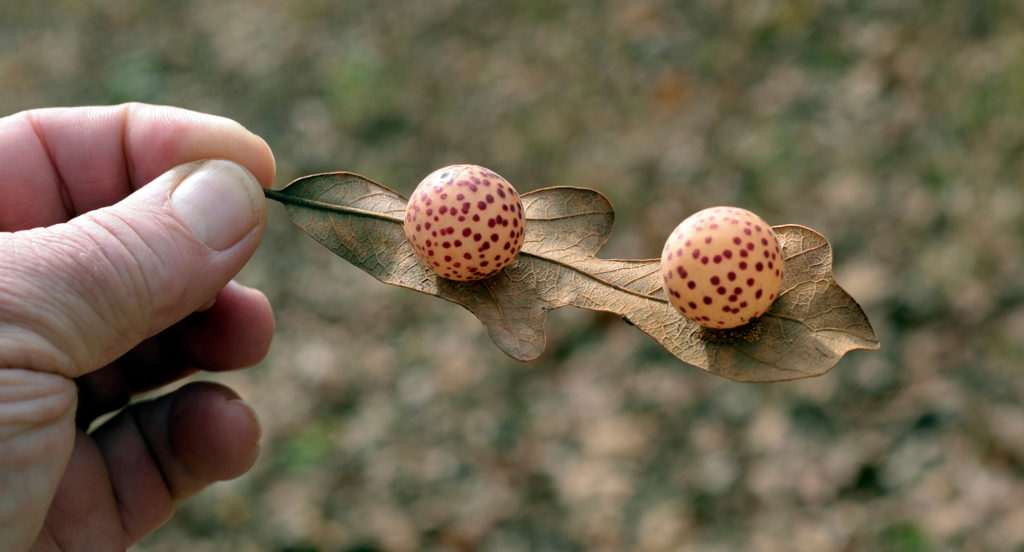Symbiosis Close Interactions Between Species


Symbiosis Outcomes
-
Define symbiosis, including examples of mutualism, parasitism, and commensalism.
-
Contrast ectosymbiosis to endosymbiosis and provide examples in humans.
-
List three examples of endosymbiotic relationships found in the Willamette Valley
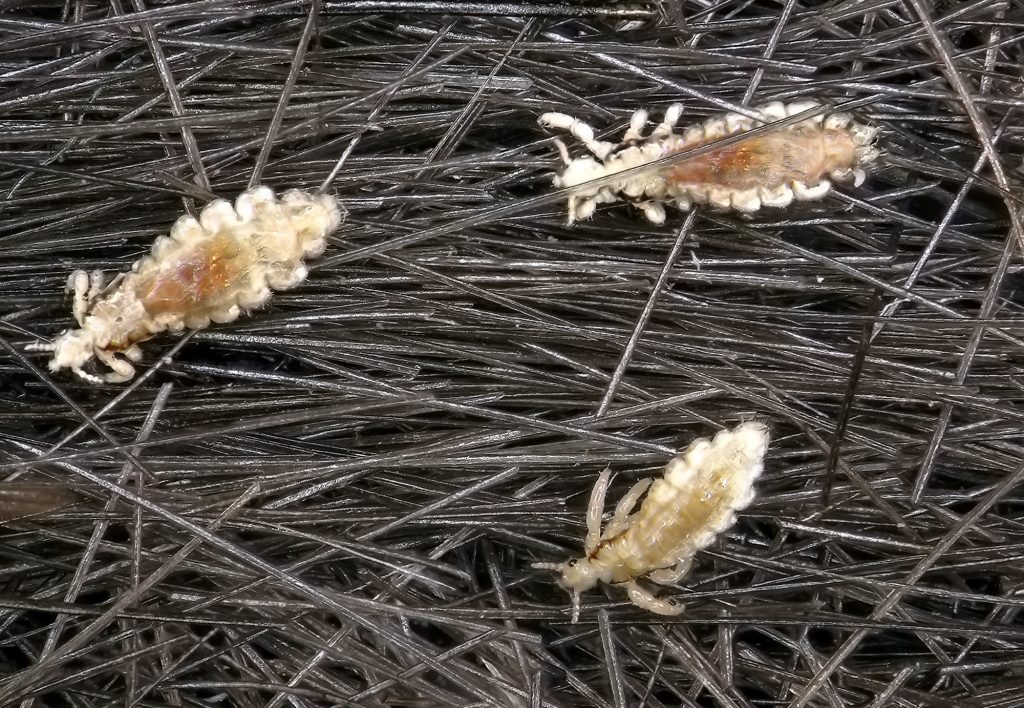
We use the word \”symbiosis\” in everyday language to mean getting along together, like having a symbiotic relationship with a roommate. In biology, symbiosis means living closely together, sometimes for long periods of time, and the outcome is not necessarily beneficial for all participants.
Three Types of Symbiosis

Mutualism
Both species in the interaction benefit. Lichens are typically an example of mutualism: the algae or cyanobacteria have a place to live and the fungus receives nutrients.
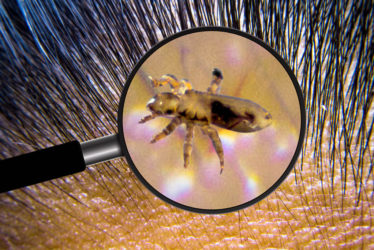
Parasitism
One species benefits, the other is harmed but typically not killed. Lice get a blood meal and it typically does not kill the host.
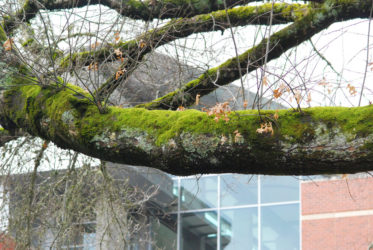
Commensalism
One species benefits, the other does not appear to be impacted. Moss growing on tree limbs get access to sunlight, but the trees can grow and reproduce as well without them.
There is a lot going on in this video: the hermit crab is using a sponge instead of a snail shell for protection. The sponge may or may not be impacted by this arrangement. If its not impacted, but the hermit crab is benefiting, this is an example of ______.
The algae growing on the sponge is getting more surface area for growth and possibly additional nutrients, but the sponge it is growing on is not getting as much food into its pores. This example of one species benefiting and the other being harmed is _____.
Many clownfish species form relationships with anemone. The clownfish benefit as they are protected from potential predators by the anemone\’s stinging tentacles. The anemone does not appear to be impacted. This is an example of _____.
This is one of our pairs of clownfish, the same species that is depicted in \”Finding Nemo\” (Ocellaris percula). These fish are initially hermaphrodites, and over time the largest one becomes the female. So in \”Finding Nemo,\” after the female/mother dies, the father would become the new female, and the smaller clownfish (Nemo) would become the male of the new pair.
Some animals get a significant portion of their nutrients by cleaning other species Oxpeckers are African songbirds that eat ticks, blowfly larvae and other parasites off the skin of large mammmals. The oxpecker bird gets food and the mammal has fewer parasites. This is an example of _____.




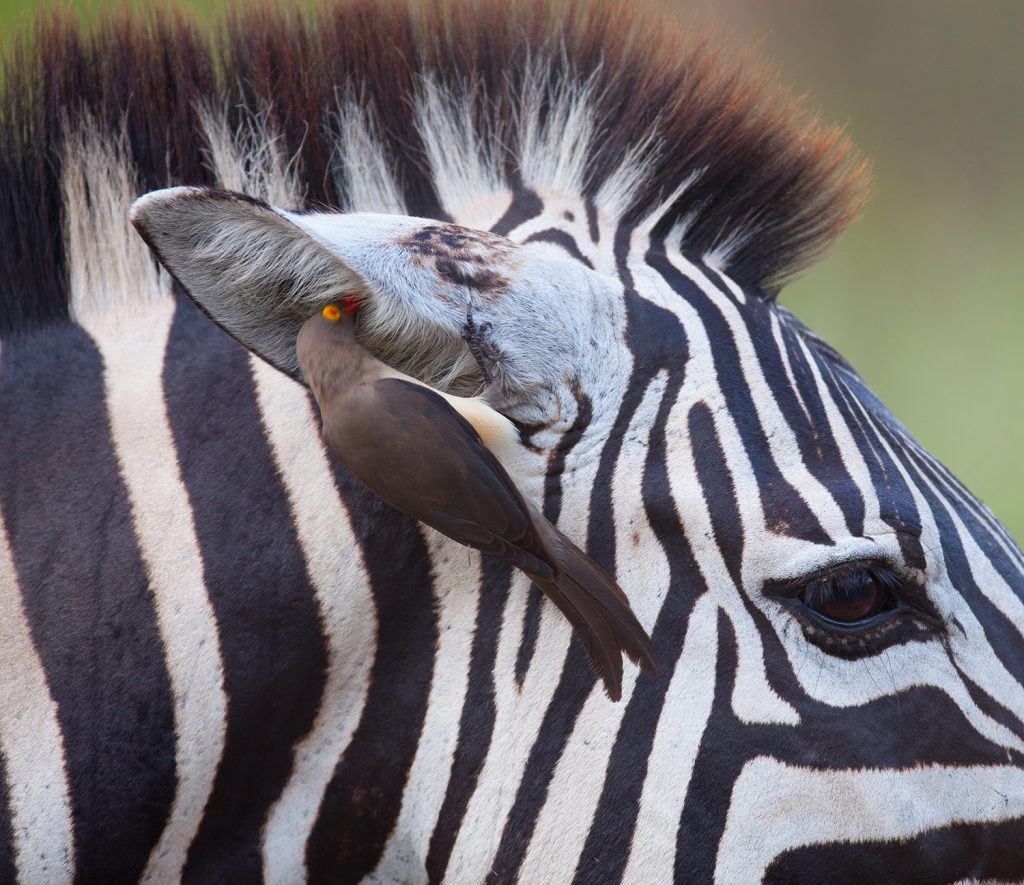



Cleaner Shrimp, also made popular by the movie \”Finding Nemo,\” get their food from a number of sources, including cleaning fish, removing dead scales, dirt, and parasites.
This cleaner shrimp tries to clean a clownfish. The fish could damage the shrimp, but does not appear to be alarmed.
These cleaner shrimp have learned to take food form the hand and readily clean under fingernails.
Two Forms of Symbiosis
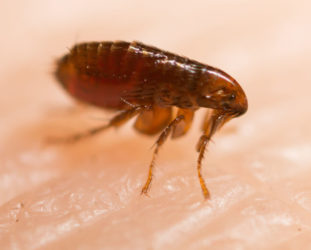
Ectosymbiosis
One species lives on the surface of another species\’ body. Flea are ectoparasites of many mammals, including humans. They can live for periods of time on the surface of our skin.
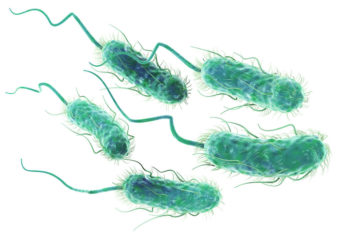
Endosymbiosis
One species can live inside of another species. Escherischia coli (E. coli) live inside of human intestines and provide a form of vitamin K while we are a place they can live. They are our endomutalists.
Many endosymbiotic species interactions can be observed in the Willamette Valley.
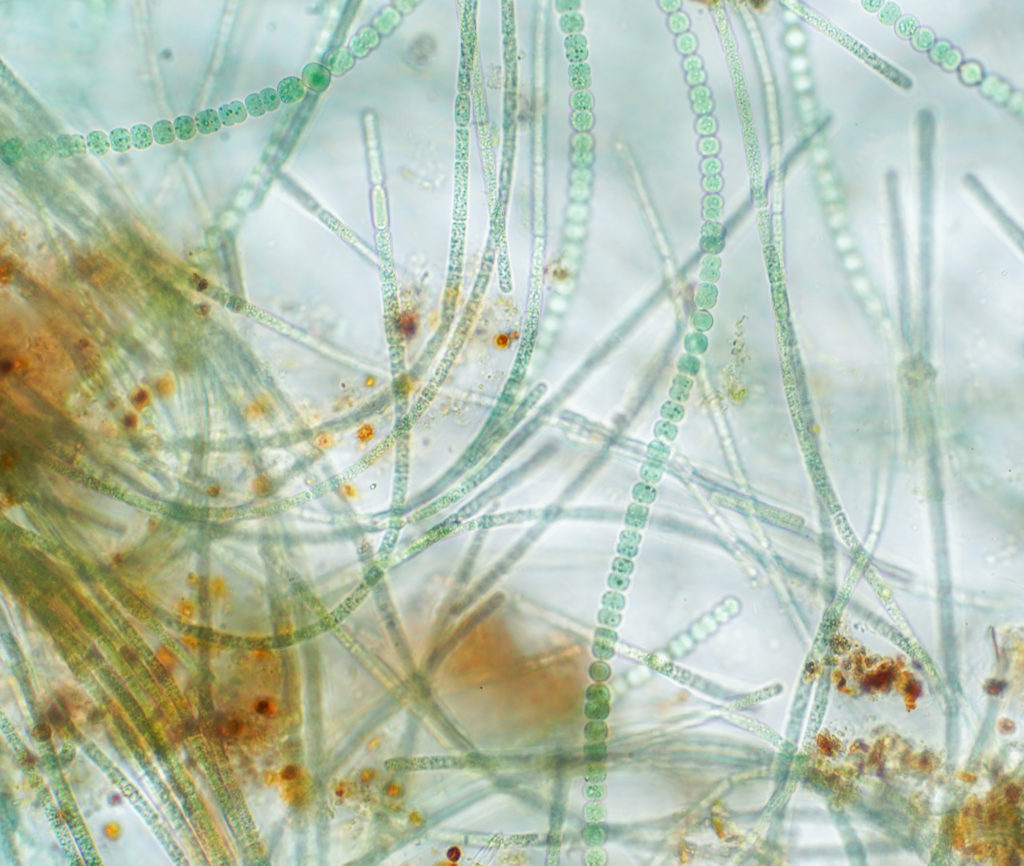
Anabaena blue-green cyanobacteria live inside of the Azolla fern. The bacteria are protected; the plant gets nutrients in return.

Green algae or cyanobacteria live inside of the fungus. \”Lichen\” is the name given to this community of species. The algae get protection, the fungus gets the products of photosynthesis.
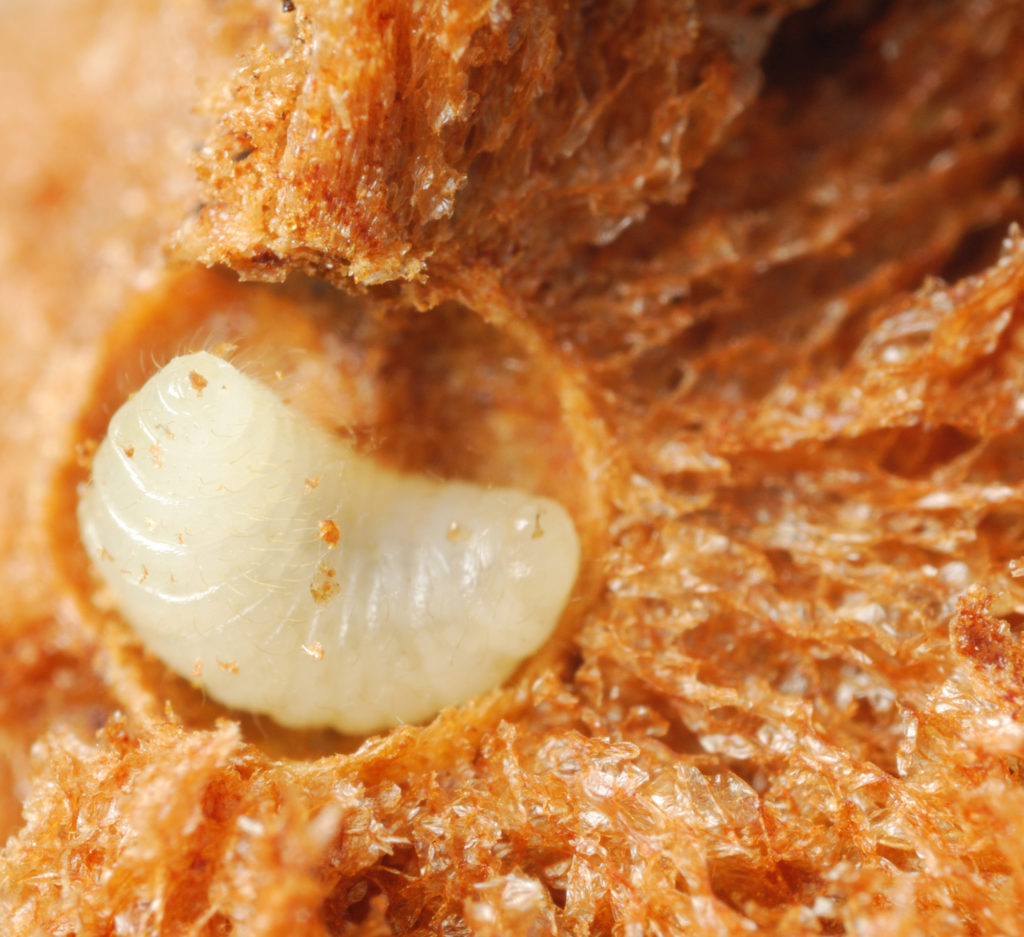
The parasite is a wasp larva that is eating oak tissue. The ball-like scar isolates the larva from the rest of the leaf.
This video shows where the oak galls used in lab are collected from.
A
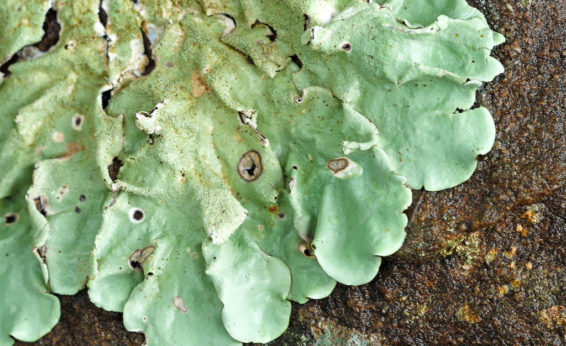
Check your knowledge. Can you:
-
define symbiosis, including examples of mutualism, parasitism, and commensalism?
-
contrast ectosymbiosis to endosymbiosis and provide examples in humans?
-
list three examples of endosymbiotic relationships found in the Willamette Valley?
